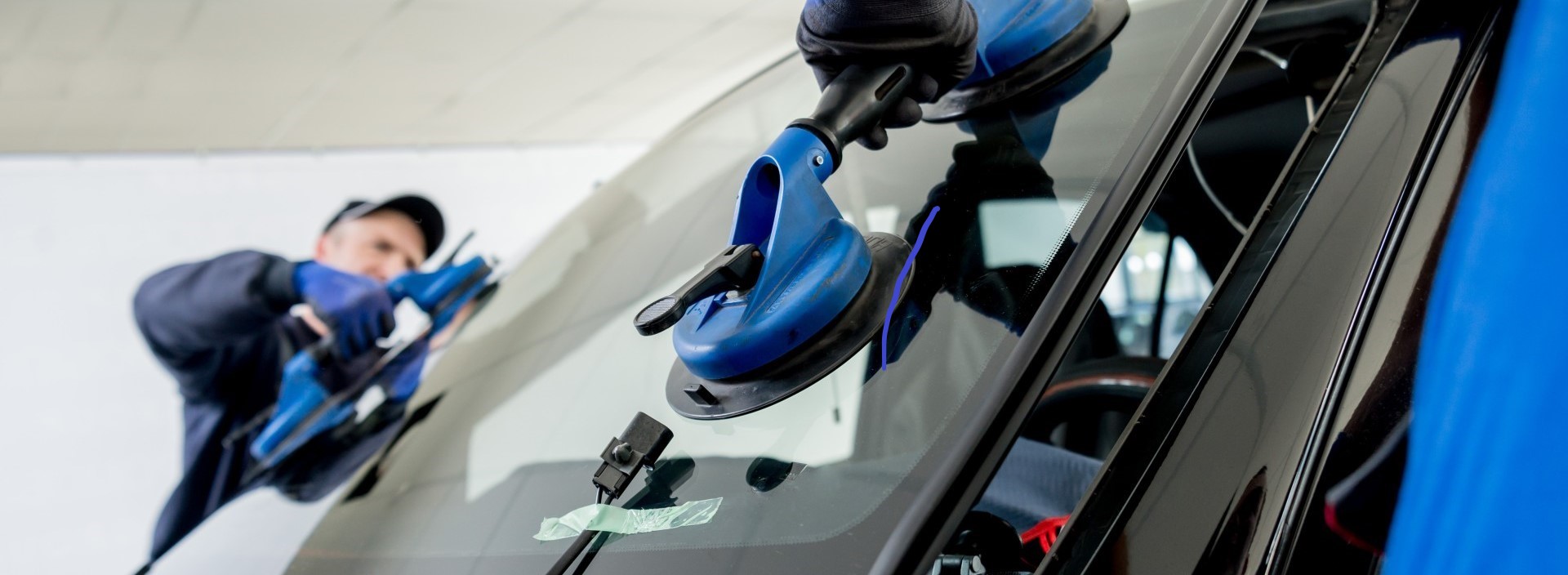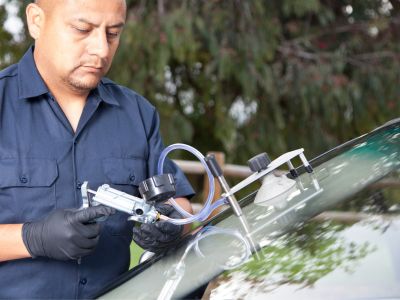
The windshield and windows of your car do more than just offer a view of the road, they are vital components that contribute to the vehicle's structural integrity and safety. So, when the time comes to replace any piece of glass in your car, you're faced with a decision that impacts not just the appearance of your vehicle, but its performance and safety too. The choice boils down to two main types of glass: Original Equipment Manufacturer (OEM) glass and Aftermarket glass. Each option presents its own set of benefits and potential drawbacks.
Navigating this choice requires a clear understanding of what each type of glass offers, how they differ, and what that means for your vehicle. This decision is not just about immediate needs but also about considering the long-term implications on your car's value, safety, and compliance with its original manufacturing standards. With the right information, you can choose the glass that not only fits your vehicle perfectly but also aligns with your safety requirements, budget considerations, and personal preferences. Let's delve into the details of OEM versus Aftermarket glass, providing you with the knowledge you need to make an informed and confident decision for your vehicle's maintenance and repair.
(626) 522-9161OEM glass is manufactured by the same company that provided the glass for your vehicle when it was built. This glass is designed to meet the exact specifications of your car's make and model, ensuring a perfect fit and maintaining the original look of your vehicle. OEM glass usually comes with the car manufacturer's logo.
Aftermarket glass is produced by companies other than the original manufacturer. These companies reverse-engineer the glass to fit various vehicle makes and models. While aftermarket glass can be high in quality, it may not always offer the exact fit or have the same thickness or color tint as the original glass.
Choosing between OEM and aftermarket glass involves considering several factors, including quality, cost, insurance, and availability. Let’s dive deeper into these aspects to help you make a more informed choice.
OEM Glass: Since OEM glass is produced to the manufacturer's strict specifications, it guarantees the same level of quality and safety as the glass originally installed in your vehicle. It ensures an exact fit, which is crucial for maintaining the structural integrity of your car and for the proper deployment of airbags.
Aftermarket Glass: Generally, aftermarket glass is more affordable, making it an attractive option for those on a budget. Understanding the costs of windshield repairs is also crucial, whether you're considering DIY fixes or hiring professionals Windshield Repair.
OEM Glass: Typically, OEM glass is more expensive than aftermarket alternatives. The higher price is due to the glass's conformity to the vehicle manufacturer's specifications and the brand name.
Aftermarket Glass: Generally, aftermarket glass is more affordable, making it an attractive option for those on a budget. However, the lower price might reflect a compromise in the fit and quality of the glass.
Insurance policies differ in their coverage of OEM and aftermarket glass. Some insurance companies may cover the cost of OEM glass replacements, especially if your vehicle is relatively new. However, many policies default to covering the cost of aftermarket glass due to the lower expense. Understanding your insurance coverage is essential, especially when faced with quick auto glass repair needs after an incident.
OEM Glass: For newer vehicle models, OEM glass is readily available. However, finding OEM glass for older models can sometimes be challenging, leading to longer wait times for repairs.
Aftermarket Glass: One of the advantages of aftermarket glass is its wide availability. Manufacturers produce aftermarket glass for a broad range of vehicle makes and models, including older ones, making it easier to find a replacement in a shorter timeframe.
When deciding between OEM and aftermarket glass, consider the following:
Warranty and Support: Check the warranty offered by the OEM and aftermarket auto glass providers. A longer warranty might offer more value in the long run, even if it comes at a higher initial cost.
Vehicle Age and Value: For newer, high-value vehicles, investing in OEM glass might be the better option to maintain the car's value and integrity. For older vehicles, aftermarket glass might be a more cost-effective choice without significantly impacting the vehicle's value.
Safety and Fit: Ensure that your choice does not compromise the vehicle's safety. The glass's fit is crucial for safety features like airbag deployment and structural integrity in a crash.

Choosing the right type of glass for your vehicle comes down to balancing quality, safety, cost, and availability. While OEM glass offers the assurance of the same quality and fit as your car's original glass, aftermarket glass provides a more budget-friendly alternative without necessarily compromising on quality, especially if chosen carefully by reputable manufacturers.
Before making a decision, consider your vehicle's age, your budget, the insurance coverage, and the importance of maintaining your car's original appearance. Consulting with a professional auto glass specialist can also provide valuable insights and help guide your choice, ensuring that you select the best option for your vehicle's needs and your safety on the road.